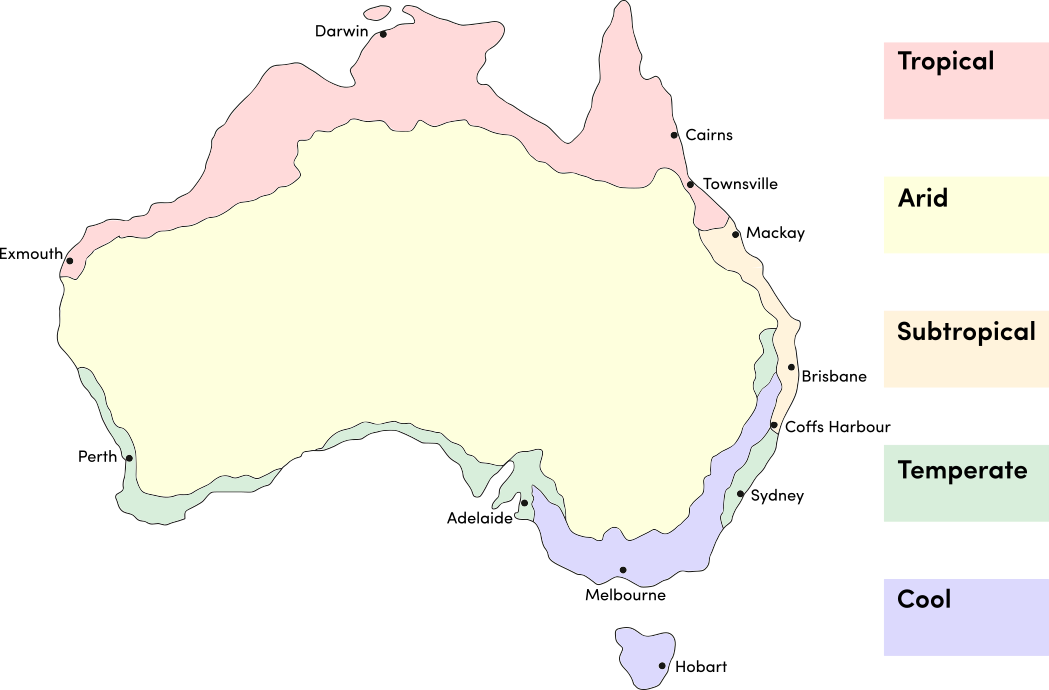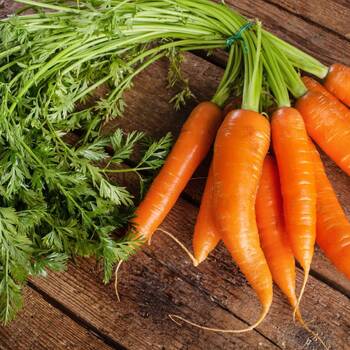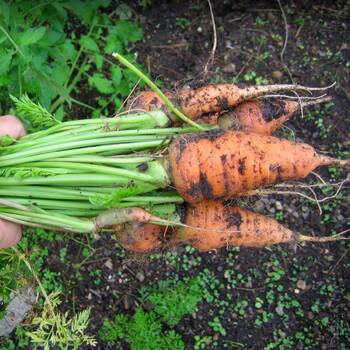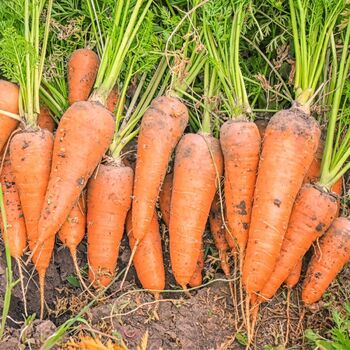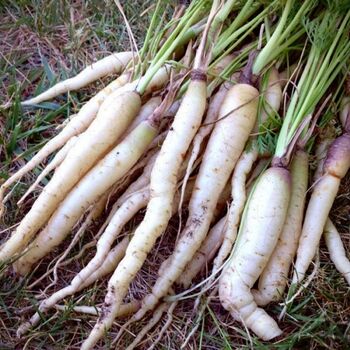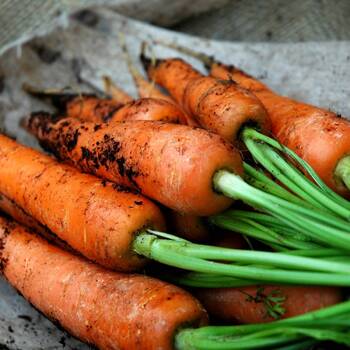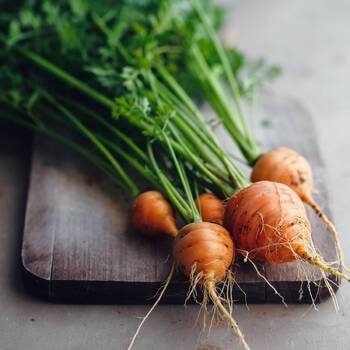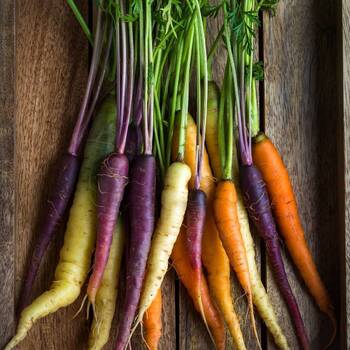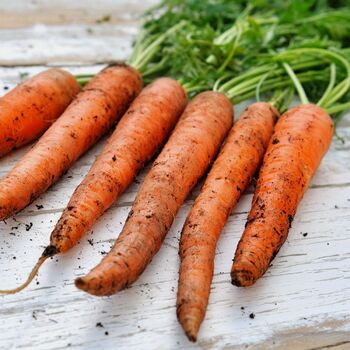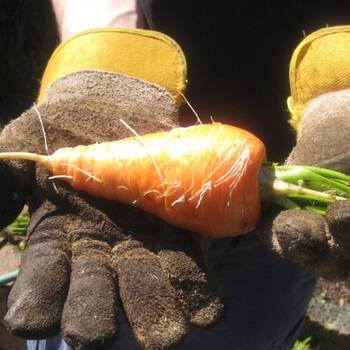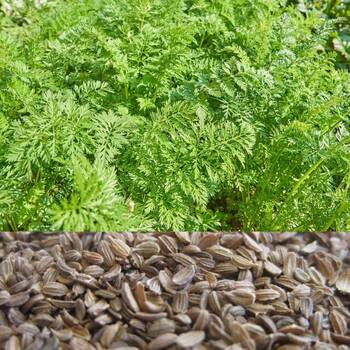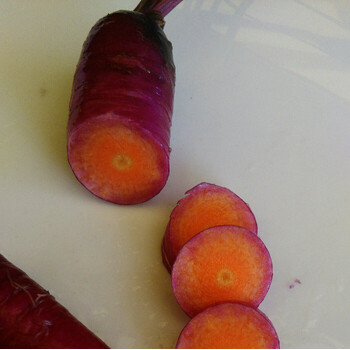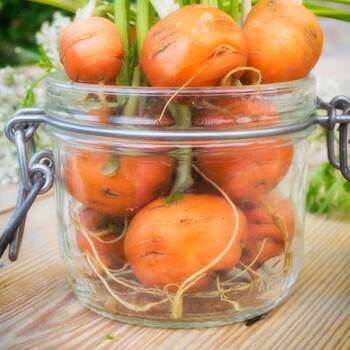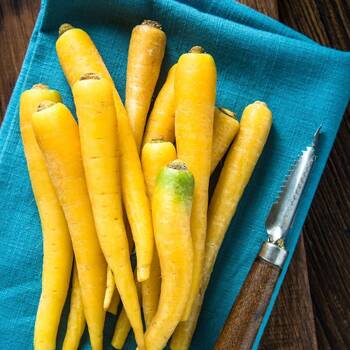Carrot Seeds_
Guides
-

How to Grow Carrot Seeds
A comprehensive guide on how to grow Carrot Seeds; including soil preparation and position, when and how to sow, when and how to harvest and common pests and diseases. View guide.
-
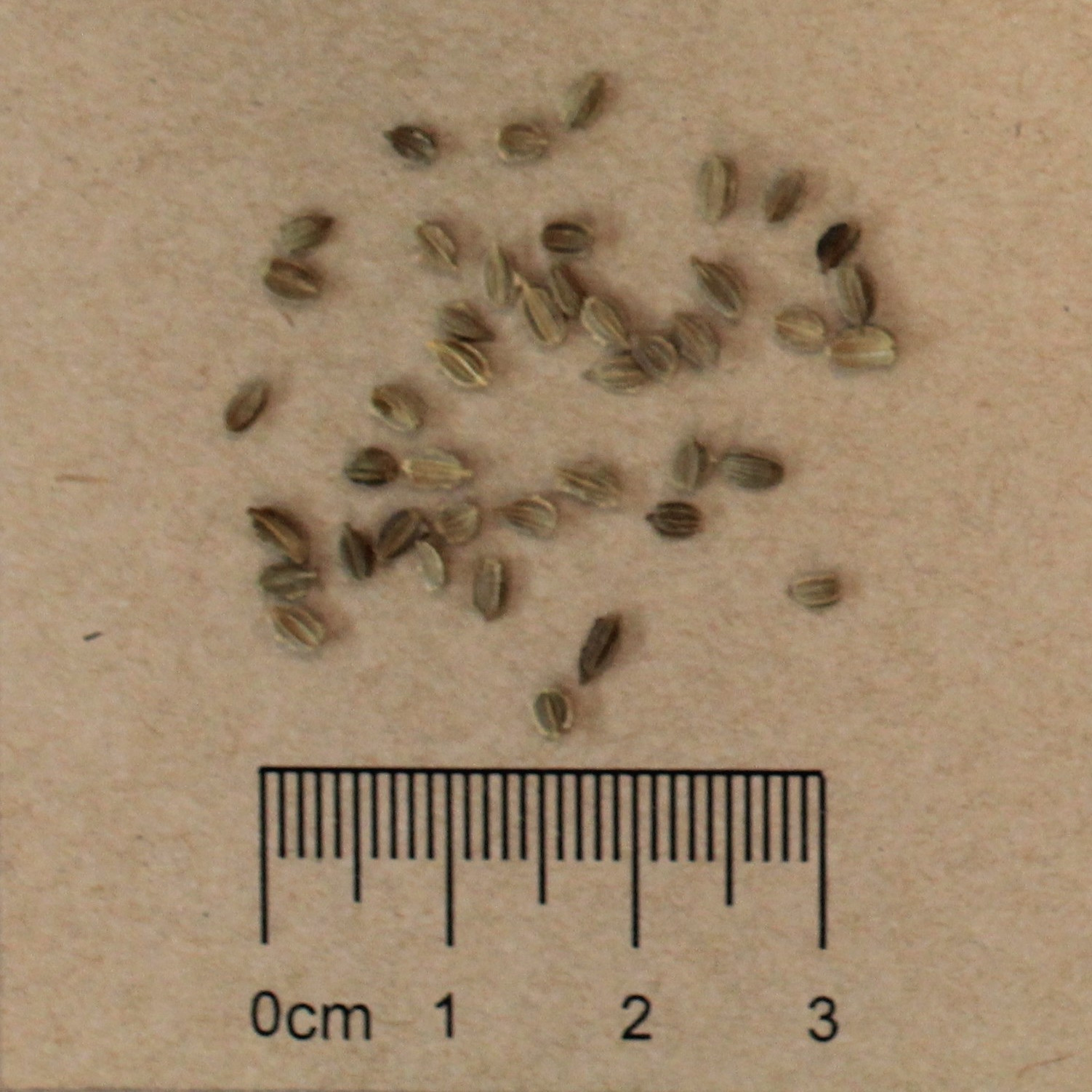
Seed Saving Guide: Carrot (Daucus carota)
A guide on how to save Carrot seeds; including pollination type, isolation distance, when to harvest and best cleaning methods. View guide.
More Related Content
-
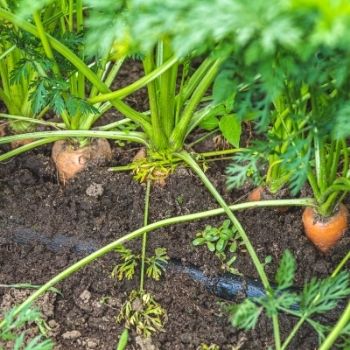
Carrot- How to Grow From Seed
Carrots need a deeply cultivated soil to grow to their best, dig down as far as your spade will allow as you turn over the soil. The seeds also need some sunlight to germinate so don’t sow them deeply... Read article.
-
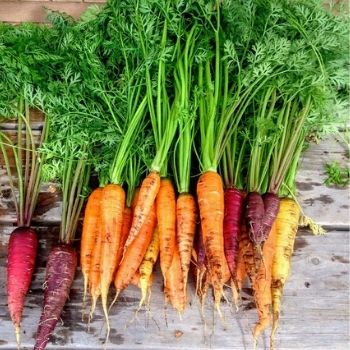
A Short History of Carrots - and Why Heritage Varieties Are Making a Comeback
Like all modern vegetables, the carrot is ultimately descended from a wild ancestor, which may not resemble today's version very much at all. Although carrots are of course classed as root vegetables, their modern appearance tends to disguise this truth. Read article.
-
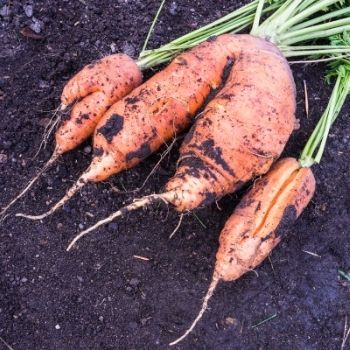
Growing Carrots - 9 Common Problems and How to Handle Them
A veggie patch isn't complete without a row or two of carrots. However, many gardeners give them a try and are disappointed by a harvest of twisted bitter roots. But there's no need to be discouraged. With a little care, carrots are simple to grow. Read article.
-
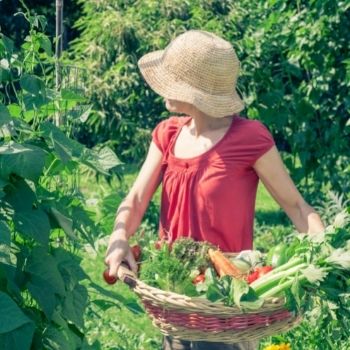
High-Yield Vegetables - How to Get the Most from Your Veggie Patch
It may be great fun to experiment with growing unusual crop varieties, but if your harvest is a disappointment it can quickly make gardening a chore rather than a pleasure. This article describes ten productive plants all veggie growers should consider. Read article.
-
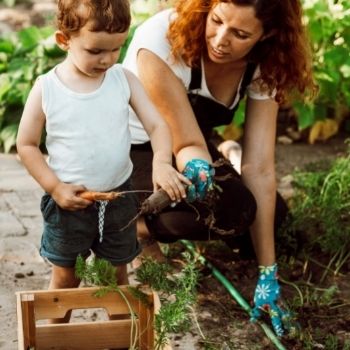
Why You Should Grow from Seed with Kids - and the Best Ways to Get Started Doing It
Gardening is a fun and healthy activity for kids however the benefits go far beyond that- an early interest in gardening teaches many life lessons. This article explains what they are and describes the best ways to start your child's gardening journey. Read article.
-
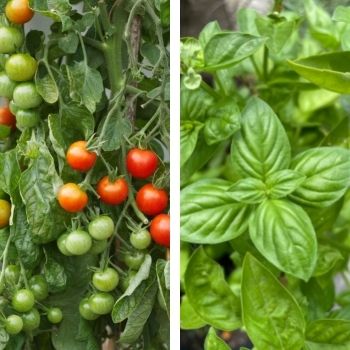
Perfect Partners: How Interplanting Can Boost Gardening Success
Interplanting two or more crops together can boost the health and productivity of your veggie garden. It can also add convenience to your growing and harvesting, as this article explains. Read article.
-
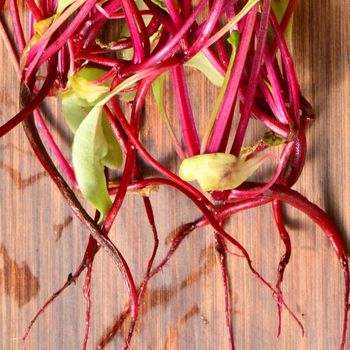
Troubleshooting: Radish, Beetroot and Other Veggies Not Forming Roots
There’s little more disappointing than harvesting radish, beetroot and other root vegetables that look large and healthy above ground, only to find they’re rootless beneath the soil. Here are 7 reasons why that can happen, and how to fix things. Read article.

